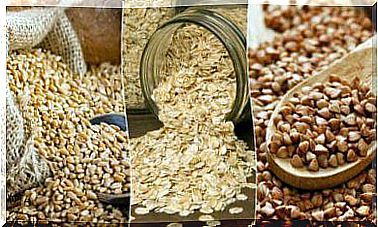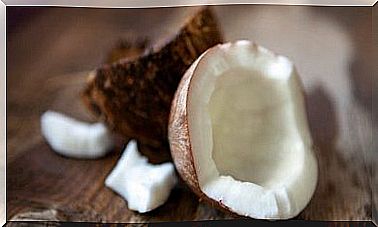Uses And Side Effects Of Comfrey
Comfrey is a herb used as an adjunct in superficial wounds and joint pain. In what situations is it contraindicated? What are its side effects? Here are more details in this article.

Comfrey ( Symphytum officinale ) is a perennial plant that has been used for various medical purposes for a long time. It belongs to the Borraginaceae family and grows as a shrub on the soil of countries in Europe, Asia and North America.
In traditional medicine, the roots and leaves of the plant are often used. Indeed, in countries such as Japan, it is known under the name of knitbone and is used in the case of muscle sprains, bruises and superficial lesions. What does the research and scientific evidence say? Here are more.
Common uses of comfrey
First of all, it is important to specify that comfrey is a plant that must be used with great care. Although some studies confirm its medicinal properties, warnings also exist regarding the presence of toxic products, such as pyrrolizidine alkaloids, which can be harmful to health.
Indeed, some countries have banned the sale of oral preparations of comfrey. Likewise, this plant has not been approved by the Food and Drugs Administration (FDA). Therefore, it is better to avoid its consumption completely and use it only in its topical form, in one-off cases.
Comfrey against back pain
Comfrey root alone has not been shown to be effective against back pain. However, a study published in Phytotherapy Research points out that creams containing comfrey root have been helpful in relieving upper and lower back pain.
More specifically, it seems that the application, for 5 days, of these creams on the painful areas reduces the sensation of pain and tension. However, more studies are still needed to confirm these effects.

Sprains
Preparatory evidence suggests that topical use of treatments with comfrey extracts may improve mobility and decrease pain in sprains. In addition, the effects of its application over two weeks were compared to those of diclofenac gel.
Comfrey for osteoarthritis
In research published in Journal of Chiropractic Medicine , the application of active formulations of topical comfrey has been shown to be helpful against symptoms of osteoarthritis of the knee. More specifically, the ointment contained:
- Comfrey extract
- Tannic acid
- Aloe vera gel
- Eucalyptus oil
- Frankincense oil
Over a period of 6 to 12 weeks, people who used this remedy, 3 times a day, noticed a decrease in stiffness and pain. Even more than those who used a placebo cream.
Side effects of comfrey
At present, due to discoveries of toxic compounds in comfrey, oral remedies containing it are not recommended. This is because chemicals such as pyrrolizidine alkaloids can cause liver damage, lung problems as well as cancer, according to this evidence.
However, although its topical use is considered safe, in small amounts and occasionally, it has been suggested that some of its toxic agents may pass through the skin. Its application on open wounds is therefore strongly discouraged. In addition, it should not be used in large amounts or for more than 6 weeks.
So far, comfrey is totally contraindicated in the following cases:
- Pregnant and breastfeeding women
- Burns and serious injuries
- Liver disease
- Treatments with acetaminophen, amiodarone, fluconazole, itraconazole, among others

What is the safe dosage?
According to the research mentioned above, there are several standard doses that can be considered safe. Either way, it is always fundamental to follow the recommendations of the manufacturer, pharmacist or doctor.
- In the case of back pain, you can apply 4 grams of ointment containing 35% comfrey root extract, 3 times a day, 5 days a week
- For sprains, 2 grams of ointment with 35% comfrey extract is sufficient, 4 times a day, for 8 days
- As an adjunct to the symptoms of osteoarthritis, the dose is 2 grams of 35% ointment from comfrey root extract, 3 times a day, for 3 weeks. It can also be a dose of 3.5 grams of cream with comfrey extract, tannic acid, aloe vera gel, eucalyptus oil and frankincense oil. This last option is used 3 times a day, for a maximum of 12 weeks
Finally, in the event of an overdose of comfrey, it is strongly recommended to seek immediate medical attention. It is also essential to consult if you intend to use products made from comfrey extracts and have any illness.









